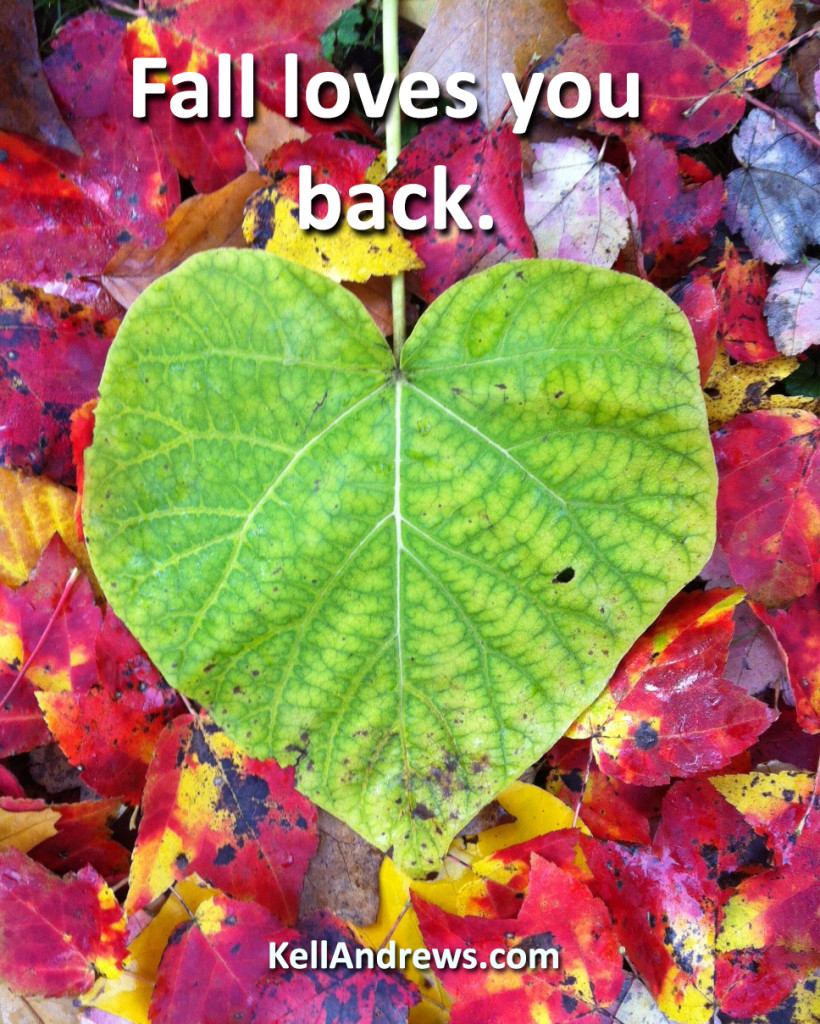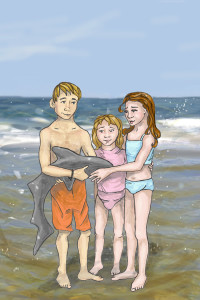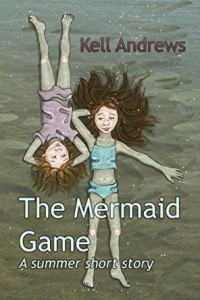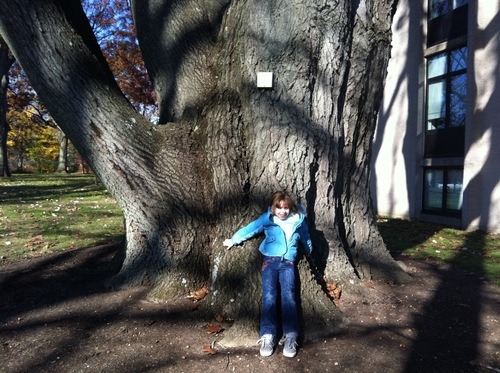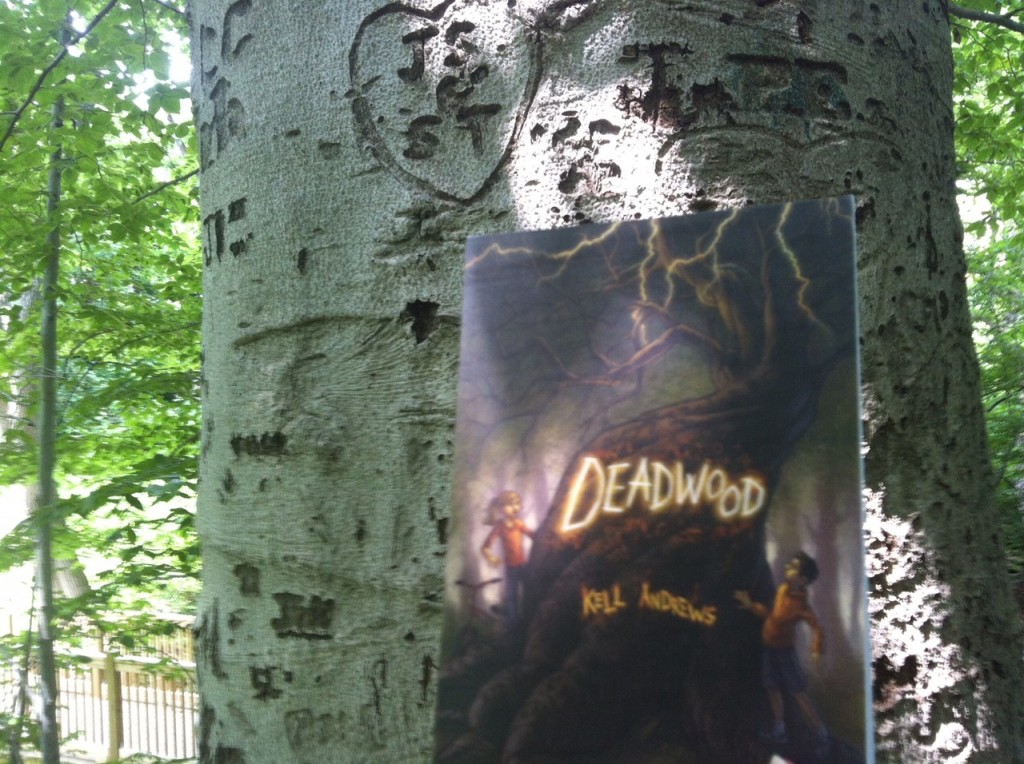Just as I was ready to throw in the towel on my writing career, I am gobsmacked to announce that I will have a new picture book after all. Tilbury House Publishers has bought rights to THIS OR THAT: A BOOK ABOUT DECISIONS, illustrator to be named, for release in 2021.
Here’s what it’s about:
Alexander Levine hates making choices, but not making up his mind means he usually misses out. For his birthday, he has a plan for a day without choices, but that turns out to be a big mistake.
“We’ll make you proud,” my new publisher said when I agreed to our terms. I’m already proud. I’m so thrilled to be working with Tilbury House, which produces beautiful books for children and adults. It was an easy decision!
Fun fact: Although Tilbury House does take email subs, for some reason I chose to submit via paper. I even included the requisite self-addressed stamped envelope for my rejection. Needless to say, that’s one envelope I’m happy never to see again.

